Navigating ERIC Data Reporting – Tips for NHS Healthcare Workers
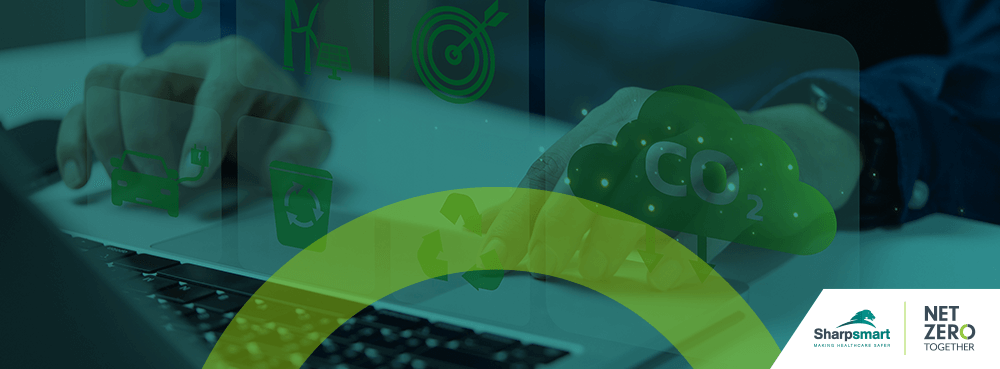
We felt it was time to get better acquainted with ERIC, but before we get ahead of ourselves, we don’t mean the person…
The NHS is a complex ecosystem that relies on balance, cooperation, and careful management to function effectively – every detail matters.
This includes the meticulous management of clinical waste within the NHS. That’s where ERIC comes in.
Navigating ERIC data reporting with a full understanding of what it is can help you reduce your clinical waste volumes, your carbon emissions, and your costs. Read on for information about ERIC, some helpful tips, and advice on how to exceed the 20-20-60 waste split.
We’ll also introduce you to our sustainable sharps treatment process – designed to help reduce your carbon footprint and enhance your healthcare operations.
TOPICS WE WILL COVER:
1 / Understanding ERIC data reporting.
3 / The importance of quality.
4 / Helpful tips for reporting.
5 / Opportunities for reducing your clinical waste tonnages.
6 / How to exceed the 20-20-60 waste split.
7 / How the Effluent Retention System works.
8 / Looking for guidance with your ERIC data reporting?
9 / ERIC Data Updates - April 2024
Understanding ERIC Data Reporting
ERIC data reporting isn’t just important, it’s indispensable for the NHS. But what exactly is it, and why should you care?
Estates Returns Information Collection (ERIC) is a critical instrument for collecting data related to the costs and operations of the NHS estate, including maintenance and servicing. It encompasses buildings, services, and utilities.
It provides essential information about the activity, safety, quality, and running costs of the NHS, serving as a benchmark and compass for identifying areas in need of improvement.
Despite this, many Trusts grapple with uncertainties about what should be reported and how to go about it.
Let’s break down some pivotal questions and issues surrounding ERIC data reporting.
Challenges in Reporting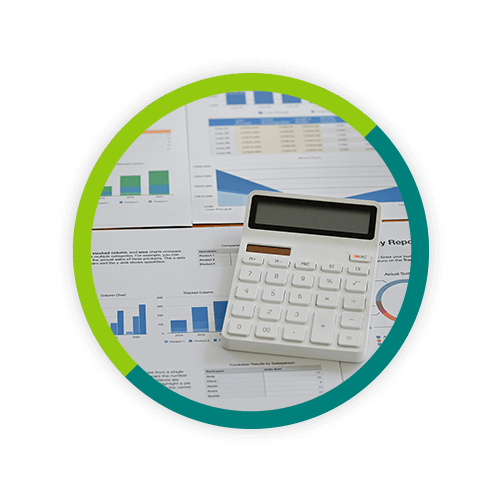
Whilst it’s a highly effective tool for the NHS, it’s not flawless. Some challenges arise and the most common include:
- Differing interpretations of the guidance.
- Inconsistencies with cost reporting.
- Lack of treatment category diversity.
- Lack of standardisation.
- Infrequency of reporting.
Differing Interpretations of the Guidance
One of the biggest challenges is understanding exactly what should be reported, and how.
This has resulted in many Trusts misunderstanding how to complete their reports, especially where waste is involved.
Inconsistencies With Cost Reporting
In some cases, there may be inconsistencies with cost reporting, due in part to the way services are packaged and billed.
An example of this is whether or not transport is factored into the cost of a service such as waste management – in some cases it may be and in others it isn’t, leading to inconsistency.
Lack of Treatment Category Diversity
Accurate metrics require a more detailed approach to treatment and process with the ability to split out the different methods.
The report has limited treatment categories, an example of this affecting data quality is sharps waste. Historically, it’s been logged as high-temperature incineration but in the case of Sharpsmart’s service, it should be logged as alternative treatment – a 60% reduction in CO2e output.
Lack of Standardisation
There’s currently a lack of industry-wide standardisation for areas where waste potentially isn’t weighed, such as within the small-quantity waste generator sector.
Estimations and averages are used but these can vary from company to company leading to another area of data inconsistency.
Infrequency of Reporting
The present system of submitting reports at the end of October means they’re always a little outdated by the time of publication – making it difficult to keep an accurate measure of success and room for improvement in a timely manner.
It’s also clear that the true importance of ERIC data and capturing it accurately is somewhat unappreciated, or perhaps misunderstood.
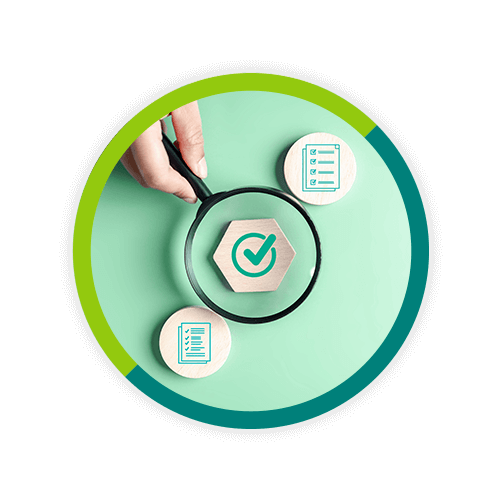
The Importance of Quality
If consistency is key, then quality is the ring it needs attaching to.
High-quality data is the cornerstone of effective governance and ensuring resources are used wisely. It helps with making informed decisions and keeping things clear and accountable.
On the other hand, when data quality is lacking, it can lead to bad decisions and wasted resources and can leave vulnerable people at risk.
Good data quality also helps improve services, supports sustainability goals, and keeps you on track to meet targets on your route to Net Zero.
Now let’s turn our attention to some helpful tips for improving our ERIC data reporting practices.
Helpful Tips for Reporting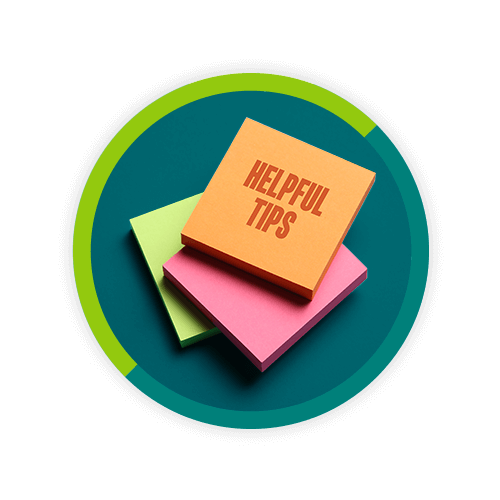
We didn’t want this blog to be all facts without any practical value to make life easier for you when it comes to ERIC data reporting, so here are some tips:
- Know why you're collecting data.
- Get clear guidelines for what data to gather.
- Understand how detailed the data should be.
- Check and make sure data is recorded accurately.
- Follow the rules and guidance for data collection.
- Use a consistent process to collect data over time.
- Keep a backup of your data to avoid losing it.
- Record data as close to the event as possible.
- Make sure the data you collect serves its purpose and that the purpose is up-to-date.
- Appoint someone to oversee the quality of your data.
- Connect the person overseeing data quality with the one responsible for environmental sustainability.
- When working with others, agree on how to maintain data quality.
ERIC data is also an effective tool at your disposal for making improvements, especially within your healthcare waste management processes.
Opportunities for Reducing Your Clinical Waste Tonnages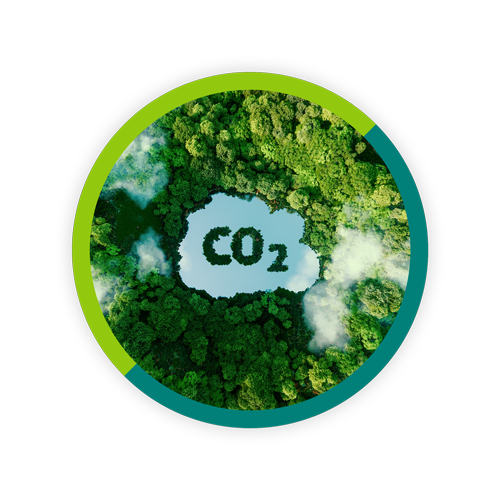
There are many opportunities for reducing your overall clinical waste tonnages, foremost among them is changing the ‘everything goes into orange bags’ mentality.
Introducing tools and methods to improve waste segregation will have a huge impact on your clinical waste volumes - blended learning programmes and educational materials have been proven to work to great effect.
Liverpool Women’s Hospital NHS Foundation Trust recently achieved an impressive 87.5% reduction of overtreated waste within three months after conducting a site-wide audit, re-establishing their offensive waste stream and implementing a renewed focus and effort on correct segregation.
ERIC data can help you identify opportunities to reduce your clinical waste, your carbon footprint, and your costs – especially when used in conjunction with an audit.
Speaking of audits and improving waste segregation, both will be critical when it comes to achieving the 20-20-60 waste split outlined in the NHS Clinical Waste Strategy – and for exceeding it.
How to Exceed the 20-20-60 Waste Split
The aim of the 20-20-60 split is to ensure proper segregation between high-temperature incineration (20%) / alternative treatment (20%) / offensive (60%) waste streams. This helps ensure that waste is sent to the lowest carbon treatment appropriate for the waste type and is critical to hitting the NHS Net Zero Target.
But can it be exceeded?
Yes, it can. Reusable sharps containers are one effective method for doing so, and even more so if treated using our patented Effluent Retention system. Let’s look at why.
Let's assume your Trust has 100 tonnes of waste split at 20-20-60. Using the NHS CO2 emissions factors, the waste would generate a total of 26.49 (tCO2e). 68% of the total carbon emissions would be generated by the incineration of only 20% of the waste.
"But we need to incinerate less of our waste!" you shout. If your Trust introduced our reusable containers, you’d remove up to a third of the plastic that's currently incinerated (6.7 tonnes).
Let's go one step further…
For those of you with eagle eyes compiling your ERIC returns this year, you may have noticed some changes in how to report alternative treatment waste – yellow sharps treated under Effluent Retention can now be classified as alternative treatment.
"What is Effluent Retention?" you ask. It's Sharpsmart's patented treatment process which allows yellow sharps to be classified as alternative treatment - reducing the overall CO2 output.
Let's assume that half of the remaining incineration waste could now be treated with Sharpsmart's Effluent Retention process. This would drop your Trust's CO2 emissions down to 16.76 (tCO2e) - a 37% reduction!
Your waste split would then be high-temperature incineration (7%) / alternative treatment (29%) / offensive (64%). 20-20-60 waste split exceeded.
It's worth bearing in mind that whilst the 20-20-60 waste split is a great target to aim for now, exceeding it will get you a lot closer to reaching the 50% CO2e reduction by the 2026 milestone.
Seeing an example of the results that can be achieved with sharps waste treated under our Effluent Retention System, you might be wondering how it works…
How the Effluent Retention System Works
Our Effluent Retention System (ERS) is a closed-loop pre-treatment process for medicinally contaminated sharps waste that merges environmental responsibility with healthcare efficiency and compliance.
The Effluent Retention System:
- Validates sharps waste for alternative treatment.
- Provides a sustainable alternative to high-temperature incineration.
- Has a permitted capacity of 8,000 tonnes per annum – and is growing.
This process uses shredding, sterilisation, and a unique Effluent Retention System to ensure there’s no discharge of effluents to air or sewer throughout treatment.
Learn more about our Effluent Retention System and the impressive CO2e reductions it can help you achieve from our paper – The Effluent Retention System: A New Era in Sustainable Sharps Waste Treatment.
Looking for Guidance with Your ERIC Data Reporting?
ERIC data reporting is here to stay and with the NHS on the route to Net Zero, we’ll be seeing a lot more data-driven decision-making that ensures environmental responsibility throughout the healthcare industry.
Taking action by introducing reusable products, embracing alternative treatments, reducing waste sent for high-temperature incineration, and focusing on data quality can help you take substantial steps toward a greener future.
We’ve already been helping our partners access accurate trackable data every month and make a positive impact on healthcare and the environment.
Get in touch if you’d like help unlocking the full potential of ERIC data reporting.
ERIC Data Updates - April 2024
As each year brings us closer to the NHS ambitions of Net Zero, the way ERIC Data is reported is improved to make reporting clearer and the data recorded more accurate.
Some of the waste-related ERIC data changes that will affect this year’s report include:
- Confirmation of dedicated Energy Manager and Waste Manager.
- A new section dedicated to food waste.
- Improved accuracy of WEEE waste reporting.
- Splitting costs across different waste streams.
- Assumed weights for different-sized sharps bins.
Confirmation of Dedicated Energy Manager and Waste Manager
The Strategies, Policies and Sustainability section has seen the addition of two new dedicated positions responsible for confirming the relevant data reported in your ERIC returns.
They are:
Energy Manager
A dedicated position or person who spends all or part of their time on the management of energy.
This may be in the form of contracted energy management expertise.
Waste Manager
A dedicated position or person who spends all or part of their time on the management of waste.
This may be in the form of contracted waste management expertise.
So for this year’s Eric Data Report, you’ll have to confirm you have someone responsible for both Energy Management and Waste Management.
A New Section Dedicated to Food Waste
This new section dedicated specifically to food waste covers:
- Total tonnes of food waste (all destinations and EWC codes).
- Food waste generated from production.
- Food waste generated from plate waste.
- Food waste generated from unserved meals.
- Food waste generated from spoilage.
To successfully break down each type of food waste and keep track of the data accurately, catering departments will be required to implement new systems and hardware such as food waste scales.
Improved Accuracy of WEEE Waste Reporting
In previous years, ERIC Reports have only required WEEE waste costs rather than weights but this is now changing.
You either enter the tonnages of your WEEE waste or where those WEEE tonnages aren’t readily available, there are some density conversion factors to help you.
For example, if you had batteries you’d look up the assumed density conversion factor and multiply that by the compaction factor for the container, the number and volume of containers they’re in and the proportion of total waste.
This is broken down with a clear example in Appendix F of the new ERIC Data Report.
Splitting Costs Across Different Waste Streams
With the new call to allocate administration and consignment note costs to the specific waste streams based on the tonnage of waste produced, there will be more granularity across the costs and tonnages of specific waste streams, making it easier to make direct comparisons.
Assumed Weights for Different-sized Sharps Bins
To account for the many Trusts across the country switching to reusables – reducing the waste that occurs as a result of the incineration of the containers themselves, assumed weights for different-sized single-use sharps bins have been introduced.
For the purposes of ERIC data, the contents of reusable sharps bins should be reported, but not any of the waste avoidance that results from the systems.
For traditional single-use sharps bins, both the contents and the bins themselves need to be reported.
This new approach will make it an easier and more streamlined process to report ERIC data regarding your sharps waste, whether you’re using single-use or reusable sharps containers.
At Sharpsmart, we’ll continue working closely with NHS England so we can understand how they want us to report and help improve data accuracy across the many Hospitals and Trusts across the UK.
We’ll continue adding updates to this blog so feel free to bookmark this page for reference.

